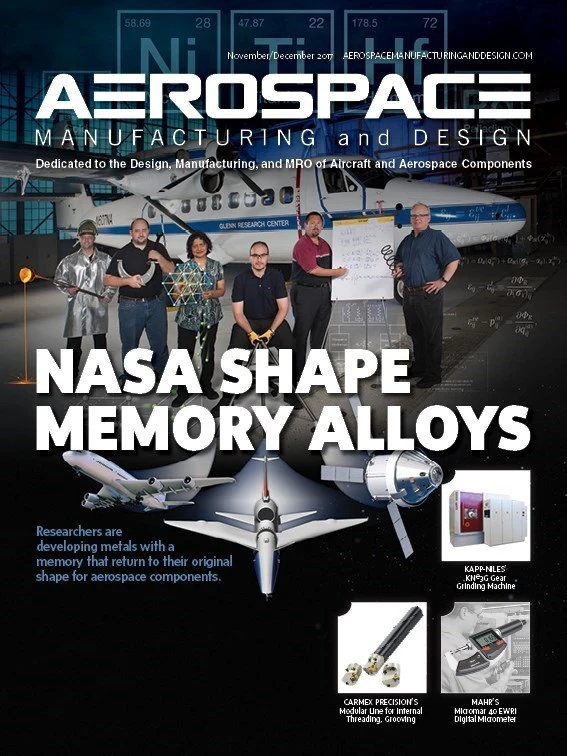By Aaron Continelli
 Photo credit: Shutterstock
Photo credit: Shutterstock
Modern manufacturing links old-fashioned machining with extensive amounts of digital information and data analysis. The resulting combination bucks some traditional industry notions of how tasks get done. As new technology redefines the industry at a geometric rate, a new barrier has arisen: complexity
As newer technology layers over pre-existing architecture to improve performance, that pervasive creep can slow down the whole system or leave it too complicated for effective use. More than ever, manufacturers need the right enterprise resource planning (ERP) systems to organize, analyze, and respond to a growing amount of data – especially from the Industrial Internet of Things (IIoT), which expects to expand to more than 24 billion devices in the next four years, according to Business Insider. Currently valued at $6.3 trillion, according to TechCrunch, the industry’s just finding its feet, and many tried-and-true methods aren’t applicable anymore.
A legacy of complexity
Complexity can be harmful if its costs outweigh its value, but complexity may also provide greater value, such as where it grows the overall capabilities of an existing program. The problem with complexity arises when a simpler architecture exists. A system that streamlines a job is preferable to one that does it disjointedly, even though both technically meet the need. As technology advances, leanness becomes more important. In aerospace and defense (A&D), the ability to secure lucrative future contracts will hinge heavily on efficiency.
The size and scope of legacy systems or a traditional architecture pose obvious challenges to efficiency in the digital age. One common component that hinders digital improvement is the legacy
How ERP helps
Outdated systems frequently result in higher associated costs, more waste, longer lead times, and a shorter leash for overtaxed management. ERP systems combat these challenges by increasing profitability and efficiency, leading to an integrated downstream strategy that ultimately results in customer satisfaction through higher-quality services and products. By increasing efficiency and simplicity during sourcing and production, and providing the information needed to make quick decisions, the right ERP system allows operations to run smoothly by increasing automation and dynamically handling day-to-day tasks across an

Athletic ERP systems
The most nimble, flexible, and strong ERP solutions support mobile business and prominent social platforms to account for the ways customers and suppliers interact with manufacturers. Cloud-based models allow these systems to provide wide ranges of visibility while eliminating physical information technology (IT) burdens, freeing up an organization’s time and energy.
A&D manufacturing is slowly coming to terms with the fact that some of its internal processes are notably outdated, even while they are used to create the most innovative breakthroughs the aviation and space exploration fields have ever seen. The growing demand to make A&D manufacturing more streamlined has left organizations feeling boxed in by their own ERP systems and IT departments.

A cutting-edge ERP system is muscular enough to provide drill-down data to research any question or issue and lean enough to act responsively and efficiently to meet any new threat or rise to any new opportunity. Cloud-based systems present additional benefits due to their scalability and reduced costs. These benefits can help companies move past legacy systems and toward a prosperous future.
Cre8tive Technology and Design
www.ctnd.com
Epicor
www.epicor.com
Links
www.businessinsider.com/there-will-be-34-billion-iot-devices-installed-on-earth-by-2020-2016-5
https://www.aerospacemanufacturinganddesign.com/news/boeing-horizon-x-upskill-zunum-042417/
https://www.mbtmag.com/article/2015/02/it-time-replace-your-legacy-erp-system

Explore the November December 2017 Issue
Check out more from this issue and find your next story to read.
Latest from Aerospace Manufacturing and Design
- Heart Aerospace relocates to Los Angeles
- Fixtureworks introduces Stablelock Clamps
- Piasecki acquires Kaman's KARGO UAV program
- PI Americas’ long-travel XY piezo nanopositioners-scanners
- AAMI project call submission deadline extended to May 12
- Jergens launches cast iron tooling column additions
- Airbus to acquire assets relating to its aircraft production from Spirit AeroSystems
- FANUC America's Cobot and Go web tool







